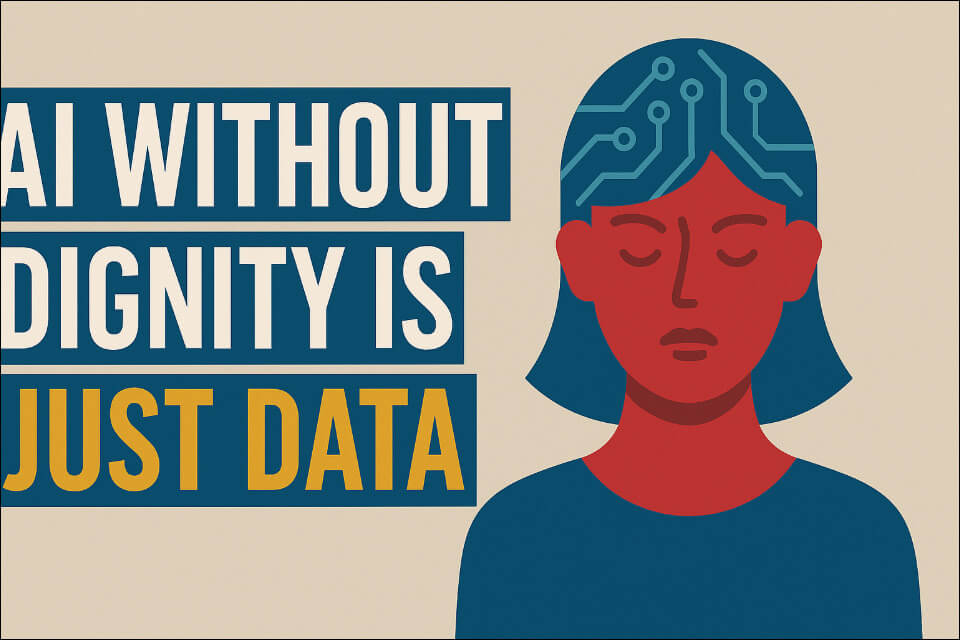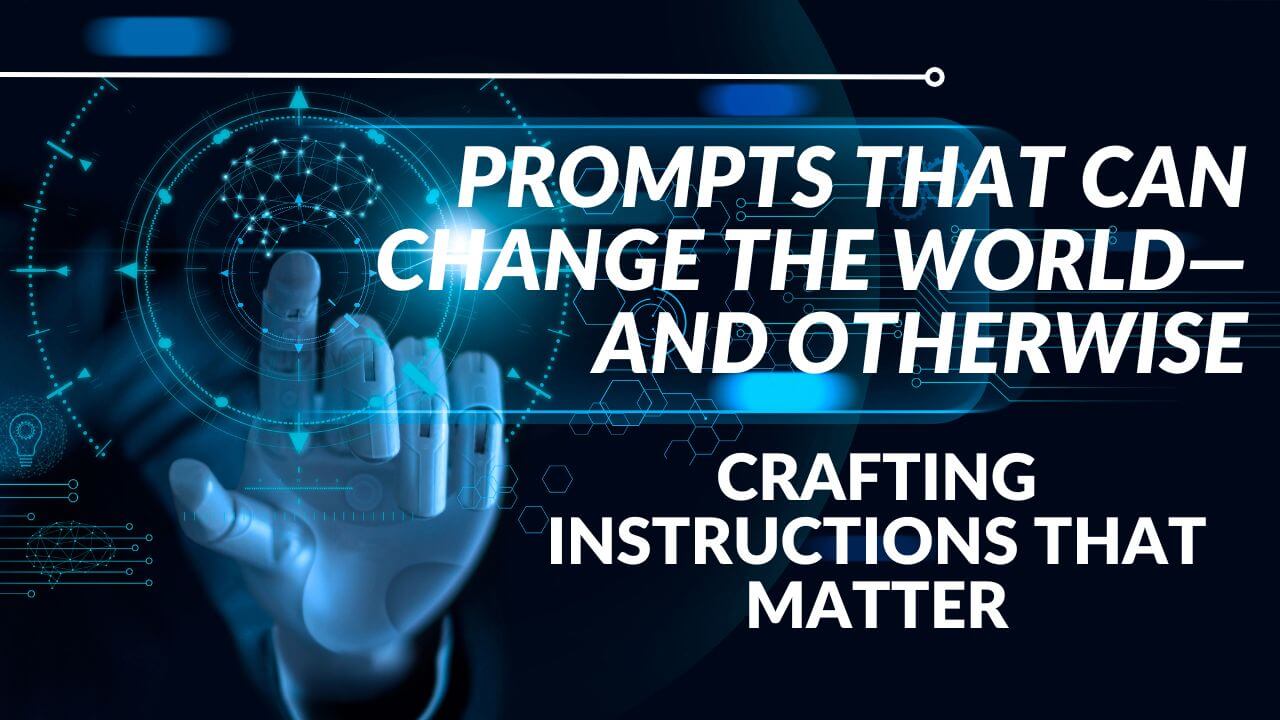When the algorithm becomes your abuser, it’s time to reclaim your value, time, and sanity
🚫 The Red Flags of a Toxic Platform Relationship
If the AI economy is a marriage, many Filipino ghost workers are trapped in an abusive one.
A toxic AI platform doesn’t need to yell. It just quietly:
- Changes your pay without warning
- Exposes you to disturbing content
- Bans you from talking to other workers
- Optimizes you into burnout
It promises “flexibility” but demands 24/7 availability. It promises “fair payment” but withholds wages with no explanation. Burnout isn’t a bug—it’s the business model.
If this sounds familiar, it’s time to prepare for your Data Divorce.
🚩 Red Flags to Watch For
- Opaque Rules: Your rating drops, your pay changes, and you’re never told why.
- Emotional Labor Tax: You moderate disturbing content with zero psychological support.
- Isolation: You’re banned from messaging other workers—so you never know who’s being paid what.
Your worth is not determined by an algorithm. It’s time to calculate your exit.
⚖️ The Data Divorce: 5 Steps to Reclaim Your Power
A divorce is painful—but necessary. Here’s how to break up with your toxic AI platform and build something better.
Step 1: Audit Your True Value (The Financial Reckoning)
Stop asking “How much did I earn?” Start asking, “How much did they earn from me?”
🧮 Track your work for one week. What did your data help build? A chatbot? A self-driving car? A surveillance system?
💰 Find the market value of that product. If your $2/hour task helped build a billion-dollar asset, you’ve been radicalized. Your labor is premium. They treat it like scrap.
Step 2: Diversify Your Digital Assets (The Prenup)
Never let one platform hold your entire livelihood hostage.
🧠 Treat every skill—annotation, transcription, editing—as portable. Maintain accounts on 3–5 platforms. Don’t wait for Platform A to ghost you. Have Platform B, C, and D ready.
This isn’t paranoia. It’s strategic diskarte.
Step 3: Find Your Support Group (The Unionization Mandate)
Isolation is the algorithm’s favorite weapon.
📱 Create or join secure worker groups on Telegram, Discord, or Viber. Share rates. Share policy changes. Share appeal strategies.
You’re not just a worker. You’re part of a bargaining unit. Even if it’s informal, it’s powerful.
Step 4: Demand Transparency (The Discovery Phase)
Before you leave, collect receipts.
📩 Send formal requests for:
- The metric used to evaluate your work
- Your exact score
- The right to appeal to a human—not a bot
Even if they ignore you, you’ve created a paper trail. That trail is your armor—for legal action, media exposure, or collective resistance.
Step 5: Negotiate Your Exit (The Freedom Move)
Don’t just leave. Leave loud.
📢 Use your data, your receipts, and your support group to demand better terms. If they refuse, post your “Data Divorce Statement” publicly (if safe). Expose the toxic practices. Make your exit a warning shot.
This isn’t just about your freedom. It’s about sending a message: Human intelligence has a moral price. And it’s not minimum wage.
🤔 Too Cryptic? Explain Like I’m 12
Imagine you work for a robot boss. You do hard tasks. Sometimes scary ones. But the robot changes your pay randomly. It doesn’t tell you why. And it won’t let you talk to your coworkers.
That’s not a job. That’s a trap.
Now imagine you leave that robot. You find other jobs. You talk to other workers. You ask questions. You demand answers.
That’s not rebellion. That’s survival.
📢 The End of Algorithmic Control
AI gets its power from our silence. Our consent. Our exhaustion.
But the moment we say “no”— The moment we organize, diversify, and demand transparency— The machine has to listen.
Are you ready to sign the Data Divorce papers? Because the algorithm doesn’t own you. You own your intelligence.







